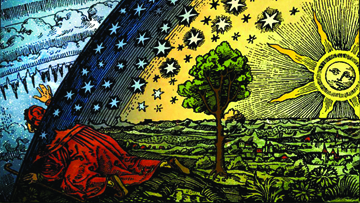As we grow up, receiving instruction at home and at school, we hear many stories that are enduringly imprinted on our minds. Even years later, an adult is often able to recount in detail that vivid scene in the court of King Solomon when he had to rule in the case of the two prostitutes and the one baby, or is able to describe the story of our Lord and the little man Zacchaeus who waited for him in the sycamore-fig tree.
But scriptural stories are not the only ones imparted to us as we go through the years of our elementary and secondary education. We hear other “timeless tales,” stories that everyone knows through one source or another.
We all know, for example, the story of the flat earth: in the Middle Ages, people believed that the earth was flat and believed that those who went too close to the edge would fall off. It is usually said that this was the official teaching of the church and was something that restricted any voyages of discovery. The church’s ...
